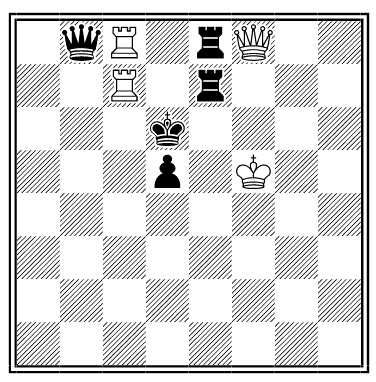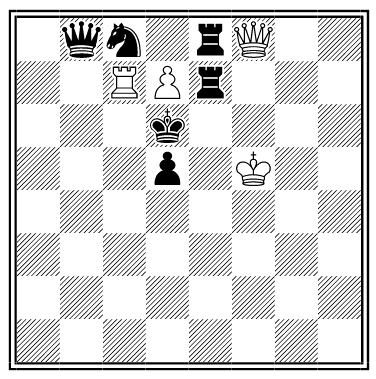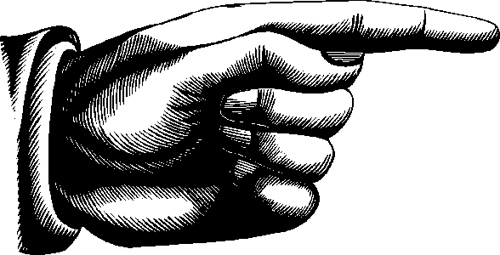The Rev. Ralph William Lyonel Tollemache-Tollemache (1826–1895) got a bit carried away in naming his children:
- Sir Lyonel Felix Carteret Eugene Tollemache
- Florence Caroline Artemesia
- Evelyne Clementina Wentworth Cornelia Maude
- Granville Grey Marchmont Manners Plantagenet
- Marchmont Murray Grasett Reginald Tollemache
- Dora Viola
- Mabel Helmingham Ethel Huntingtower Beatrice Blazonberrie Evangeline Vise de Lou de Orellana Plantagenet Toedmag Saxon
- Lyonesse Matilda Dora Ida Agnes Ernestine Curson Paulet Wilbraham Joyce Eugénie Bentley Saxonia Dysart Plantagenet
- Lyulph Ydwallo Odin Nestor Egbert Lyonel Toedmag Hugh Erchenwyne Saxon Esa Cromwell Orma Nevill Dysart Plantagenet
- Lyona Decima Veroica Esyth Undine Cyssa Hylda Rowena Adela Thyra Ursuala Ysabel Blanche Lelias Dysart Plantagenet
- Leo Quintus Tollemache-Tollemache de Orellana Plantagenet
- Lyonella Fredegunda Cuthberga Ethelswytha Ideth Ysabel Grace Monica de Orellana Plantagenet
- Lyonetta Edith Regina Valentine Myra Polwarth Avelina Phillipa Violantha de Orellana Plantagenet
- Leone Sextus Denys Oswolf Fraudatifilius Tollemache-Tollemache de Orellana Plantagenet
- Lyunulph Cospatrick Bruce Berkeley Jermyn Tullibardine Petersham de Orellana Dysart Plantagenet
Lyulph’s name forms an acronym, LYONEL THE SECOND. In Finnegans Wake, Joyce parodied this with Helmingham Erchenwyne Rutter Egbert Crumwall Odin Maximus Esme Saxon Esa Vercingetorix Ethelwulf Rupprecht Ydwalla Bentley Osmund Dysart Yggdrasselmann — whose initials spell HERE COMES EVERYBODY.





